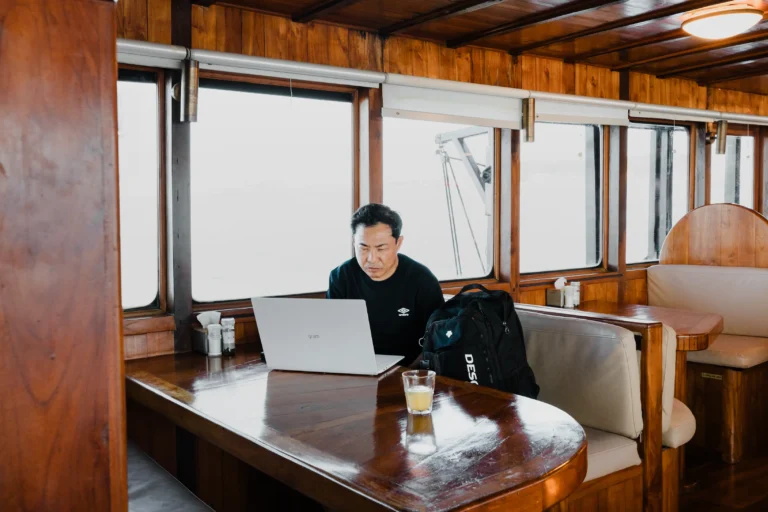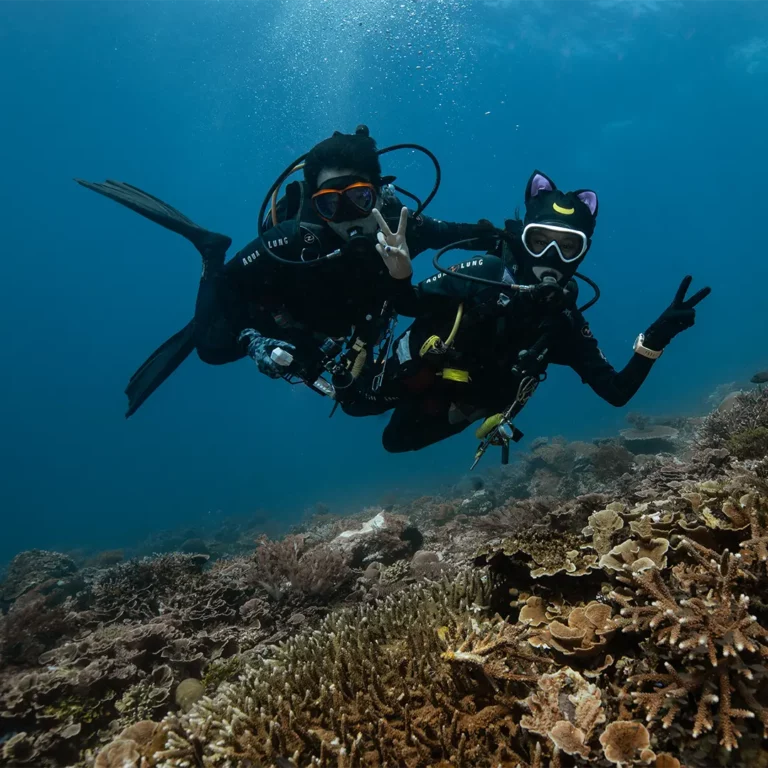Through appropriate weight balancing, you can effectively keep your buoyancy neutral during a dive. Finding out how much weight you’ll need to ascend and descend safely and successfully is a crucial step in getting ready for any dive. Using a buoyancy calculator can help divers of all skill levels attain ideal buoyancy, improve dive accuracy, save energy, and safeguard delicate marine environments.
Your body composition, the gear and clothes you’re wearing, the amount of air you’re inhaling, the type of water you’ll be swimming in (freshwater vs. saltwater), and other factors can all have an impact on your buoyancy. In addition to making dives safer, being able to add weights to your scuba weight belt or the pockets of your BCD would reduce drag and encourage more effective finning. When you go into the water without them, you bob like a cork or if you are over weighted fall like a stone.
It goes without saying that if you want to enjoy your dive, correct buoyancy control and weighting are essential. Sadly, there isn’t a simple maths formula you can use to figure out exactly how much weight you’ll need, so accuracy takes experience and understanding. Here are a few simple measures you can take to make it easier, ideally with the aid of a dive weight buoyancy calculator.
Why it’s crucial to use appropriate dive weight
For optimal buoyancy and sufficient weight to sustain you underwater during your safety stop, scuba divers must be appropriately weighted. Additionally, you must be able to maintain your buoyancy on the surface even if your buoyancy control device (BCD) is empty. In order to stay off the bottom, you may find yourself kicking a lot if you are too heavy underwater. You can end up kicking up sand as a result, which could impair your vision or ruin marine habitats. When your tank gets lighter at the end of your dive, you may find it difficult to stay underwater or descend if you are too light.
How to Calculate Your Dive Weight
Examine Your Gear
Some beginners believe that adding more clothing to their equipment will make them heavier in the water. It turns out that wearing protective apparel, such as wetsuits, can actually cause you to float.
You’ll need to add extra dive weights to make up for being more buoyant if you’re wearing a full wetsuit or one that is thicker than 3–4 mm. On the other hand, you won’t need as much weight if you’re diving while wearing only a bathing suit or shorts.
Think about the weight of your additional gear as well, such as your dive knife, dive computer, and tank and fins. You’ll be shocked by how much even little things can add to your overall buoyancy.
Calculate Your BCD
Weighing your dive jacket or buoyancy compensator device (BCD) is a step toward figuring out your body weight. Since most of them, especially the older models have lots of padding that helps you float, it is a significant source of buoyancy.
You can test your BCD’s buoyancy by submerging it in water and letting out any trapped air. To let all the air out of the jacket, make sure you rotate it gently, press all the padded areas, and open all the release valves.
Release the BC when there are no longer any bubbles rising to the surface. Add weight if it rises to the surface so that it can dangle in the water. Take note of the amount of weight needed to get it to float neutrally in the water.
ALSO READ : Surface Interval in Scuba Diving? 7 Things You Should do While on the Surface Interval
Check Your Weight
Weighing yourself and using the results to calculate how much weight you’ll need on you will allow you to quickly determine an approximate estimate of how much weight you’ll need.
Most divers require 6 to 8 percent of their body weight in additional weight when diving in freshwater; however, since saltwater is denser and will increase buoyancy, this percentage is more like 8 to 10 percent. This figure is a useful place to start when figuring out how much weight you actually need.
Assess Your Weight
It’s finally time for you to enter the water. Try your dive wearing all of your equipment in a swimming pool.
Wear the closest approximation to what you will be wearing for that particular dive if you are unable to wear your entire equipment. Then, experiment with a variety of dive weight sizes; this will help you determine how much and how many dive weights you’ll need.
Keep in mind that you’ll require a little bit more weight for a saltwater dive than for a freshwater pool dive.
Make use of a buoyancy calculator for scuba diving
While many divers find it easier to work out the proper amount of dive weights to gear up by hand, others prefer to use a buoyancy calculator. If you’re used to measuring in kilograms, try using a scuba diving weight calculator in kg (or in imperial units). There are a ton of calculator websites available on the internet. Just fill in the numbers in the necessary fields and see if the recommended weight fits you. Choose a calculator that is accurate for you and use it consistently; however, remember to test yourself before every dive!
Adjust As Needed
Make a note in your dive log or even your underwater writing device if you experience any buoyancy issues during your dive. If you notice that you were too heavy, note it down and try to lose some dive weights the next time you dive. If you have the opposite problem, write down the weight and try adding more until you find a level that allows you to control your depth if you were unable to descend.
What weight is appropriate to wear while diving?
Because every person is different, figuring out your dive weights can be challenging. Your correct weighting for scuba diving can be determined by using an online scuba weight buoyancy calculator that requests information about your height, weight, age, gender, and a few other variables.
In calm waters, you can do a buoyancy check to make sure this is accurate. When breathing normally and wearing an empty BCD, you should be positively buoyant on the surface. You should submerge yourself when you exhale deeply. Remove some of your weight and try again if you are sinking on the surface. Try adding a little weight if you are unable to sink with a deep exhale.
ALSO READ : Diving Regulators: How They Work, The Types and How to Choose Them
The dangers of using the wrong dive weight calculations
If you calculate your dive weight incorrectly, you may not make it to the safety stop at the end of your dive floating out of control with a lighter tank, which increases your risk of decompression sickness. Alternatively if you are over weighted, even with an inflated BCD, it might make it difficult for you to stay afloat. To reduce the safety risks associated with improper weighting, it is imperative to accurately calculate dive weights.








